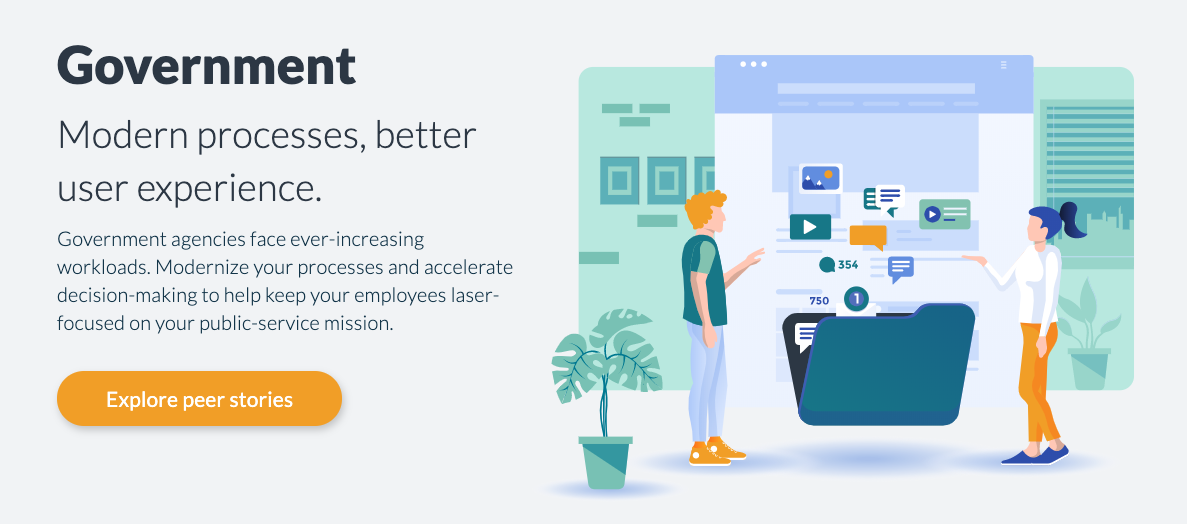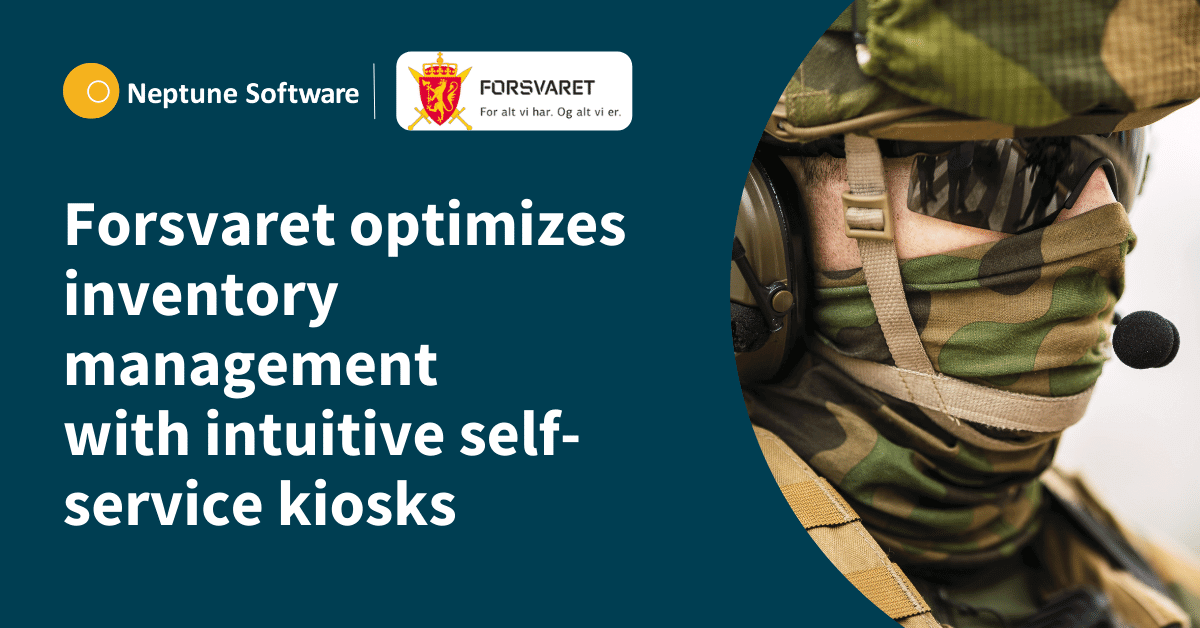
Why Government Needs to Speed up Digitization Now
All of a sudden, the world has changed how it operates on a day-to-day basis.
With people staying at home, businesses have had to respond and are developing new ways to engage with consumers. Government agencies too, need to act — and quickly — to make public services easier to access for millions of employees and citizens.
Even before the current worldwide crisis hit, government agencies had many objectives to address. Now, there are new imperatives for CIOs and IT leads to prioritize. And they need to seize the moment, take control of the situation, and push government departments to digitize public services — while the catalyst for change remains.
Bringing about real change, while facing everyday challenges from all directions, is hard — we understand that. But there are strategies for rapidly delivering innovation at scale, that will not only benefit citizens and public servants in the short term, but also set the foundation for a strong digital future when things get back to ‘normal’.
The time for Government’s digitization is now.
Digitization is an imperative for every government agency and public sector organization and has a critically important role to play for millions of people. For example, a recent Guardian article revealed EU citizens in the UK are at risk of becoming illegal.
And people that find it hard to access public services under normal circumstances, will feel even more cut off than before. In Northern Ireland, a survey published in March 2020 shows just 35% or over 65s are able to use online channels to access public services. While in the US alone, 6.6 million people applied for unemployment benefits in the first week of April 2020.
Start right, finish faster.
Making a positive change is a constant uphill battle for CIOs and IT leads. But as strategic leaders, they have to drive modern digital government initiatives that will cut citizen’s stress and relieve overburdened workforces. To help, they need:
- to easily scale and adapt new digital products and services for when things change
- a robust mobile access strategy and shock-proof systems that will support every community
- modern, rapid low-code development platforms and applications that deliver accessibility and simple experiences for all users — especially the non-digital savvy
Start by looking at where you can quickly make time savings or cut the number of steps in a process with a new app or solution. See which services are currently under the most additional strain. Digitize these first, and you make meaningful changes faster.
The private sector uses digital apps to streamline processes and logistics, and CIOs can get inspiration from — and even partner with — these organizations to achieve rapid results.
See how it’s working.
Norwegian Government – With a digital suite of applications, employees securely access services that handle attendance and absence registration and travel management. Its accessibility features and simple UX make it easy for everyone — even the less tech-savvy — to use. (Once you access the link, search ‘norwegian’, they have around 4 case studies in different areas).
University of Nebraska – With over 29,000 students and staff, Uni of Nebraska digitized and mobilized campus services and classroom logistics by building apps with the Neptune DX Platform to deliver tuition management, classroom assignments, meeting room booking, and all large-scale university campus logistics.
NZ Department of Conservation – To slash the time it takes rangers to file reports on their maintenance issues, the NZ Department of Conservation built apps that give better visibility of issues, cutting their time to correction.
To help you get the rapid results you want, and meet the demand from your workforce and citizens, we’ve produced a guide for government CIOs. It’s designed to help start addressing your digitization challenges, by using a modern approach to rapid application development.
Key Takeaways
![]()
- Government agencies need to speed up digitization and make public services easier to access
- CIOs and IT leaders’ need to drive innovation
- Examples of digitized public sector organizations: Norwegian government, University of Nebraska and NZ Department of Conservation
Want to know more about how Neptune Software can work with the Government? Then sign up for our newsletter & more!
About the Author

Martin is a consummate expert in Digital Transformation.
Martin’s expertise includes over a decade of experience as Six Sigma Black Belt, driving process improvement efforts in manufacturing. Realizing the importance of digital transformation early in his career, Martin leveraged information technology heavily to drive process improvement. Eventually, he joined an SAP professional services start-up, which kicked off his career in enterprise technology.




